example Use Case
AI-supported booking generation for SatOps operations
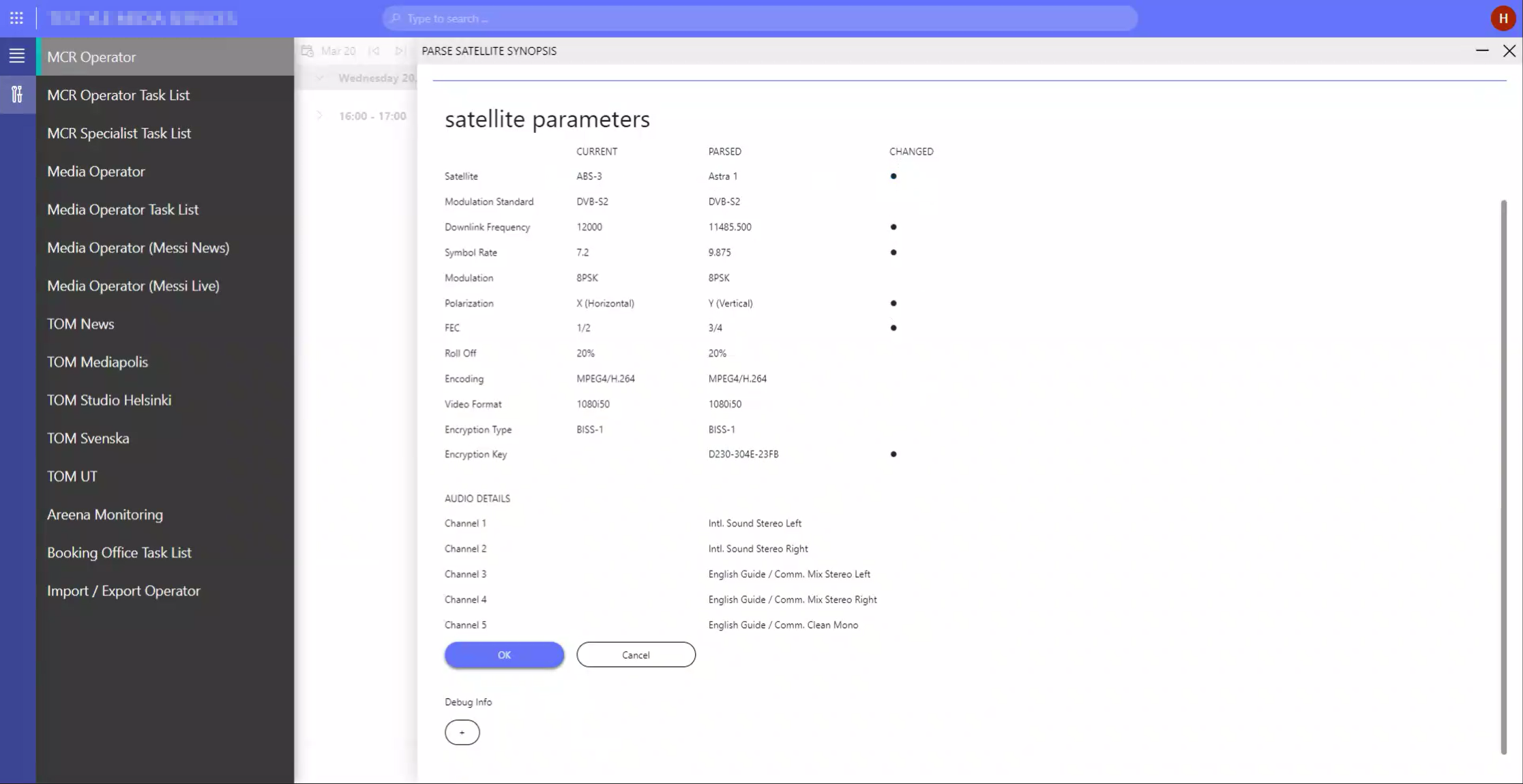
Broadcast and media companies leveraging satellite downlinks for contribution services must work across a multitude of satellite operators and content providers, each delivering transmission synopsis data in a different way, such as text in an email or PDF documents. Considering the volume of contribution services in a typical broadcast operation, streamlining and automating the intake process of key parameters (such as satellite name, downlink frequency, symbol rate, modulation, FEC, polarization, or carrier type) into a booking system (which requires well-structured and exact data) represents a considerable opportunity to drive down cost, and to reduce the margin for human error.
This use case show how a broadcast company in Finland uses the power of DataMiner in combination with an AI engine in Microsoft Azure. They leverage DataMiner to send satellite provider documents containing synopsis information to the AI engine, which automatically extracts the required parameters, and then feeds them back into DataMiner’s automation & orchestration engine. This process enables them to hyper-automate satellite downlink workflows in their MCR, effectively eliminating time-consuming, tedious, and error-prone manual data entry.
USE CASE DETAILS
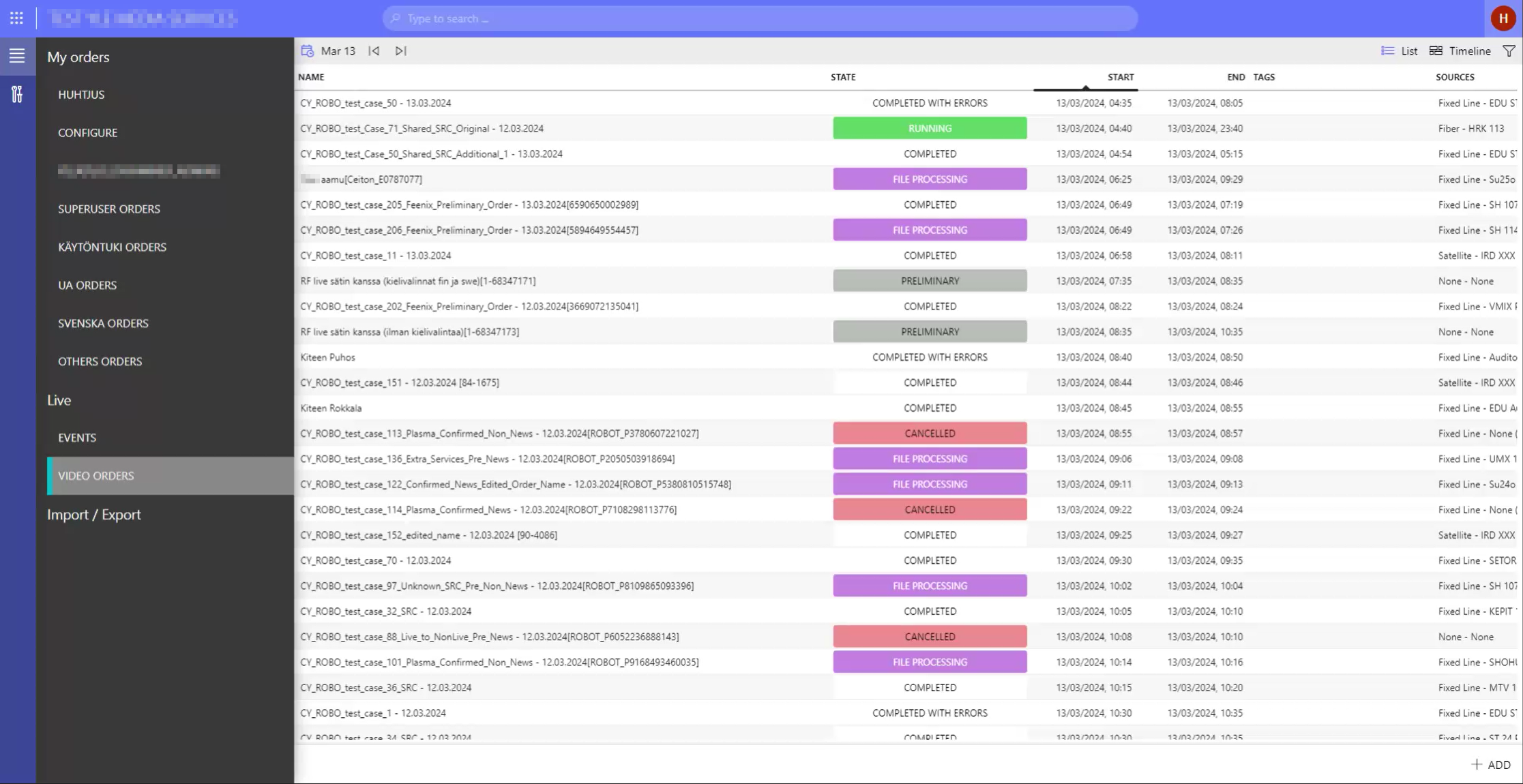 The DataMiner Media Services Booking System provides the management of bookings of different types, e.g. fixed lines, 4G, or satellite bookings.
The DataMiner Media Services Booking System provides the management of bookings of different types, e.g. fixed lines, 4G, or satellite bookings.
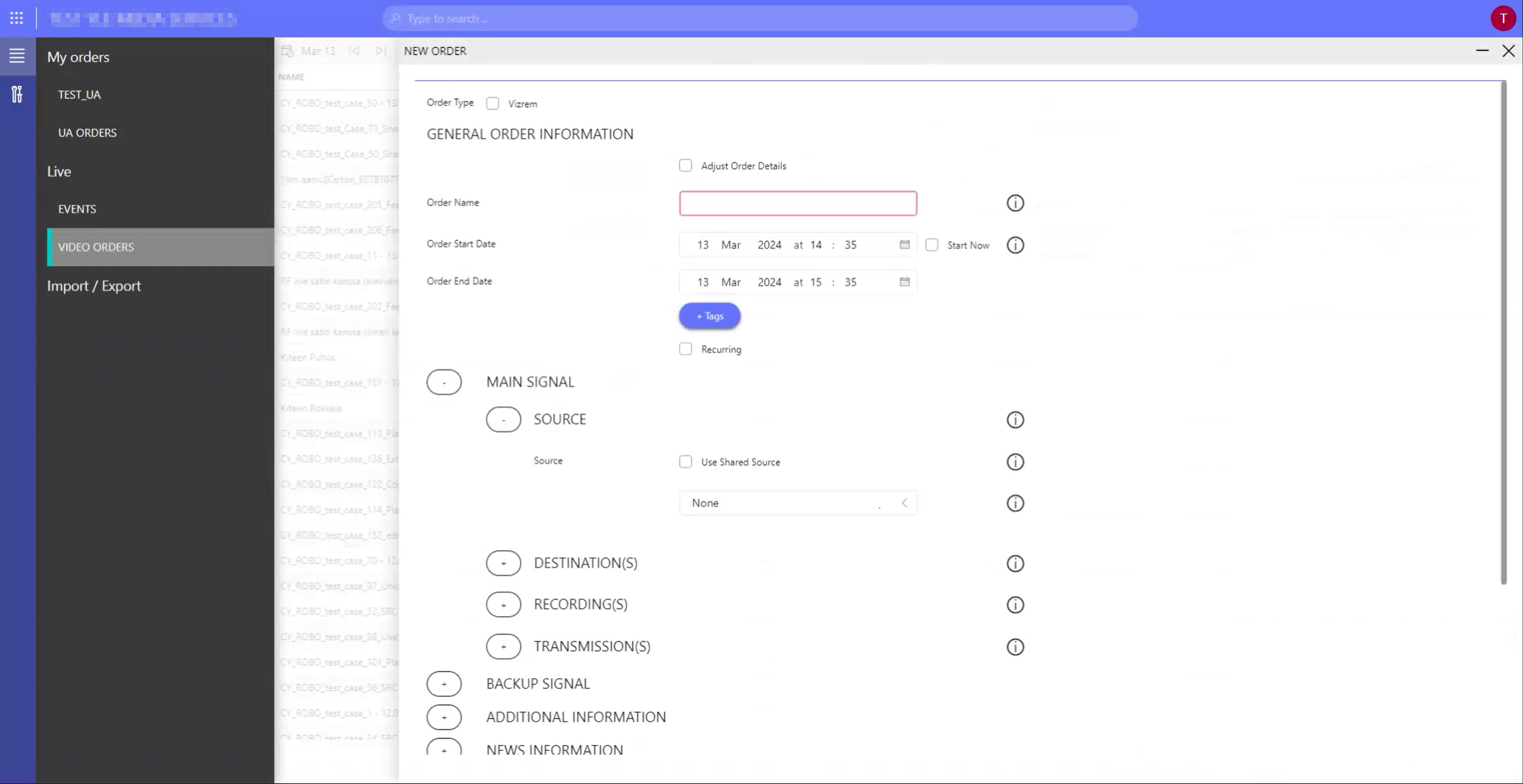 To initiate a new satellite booking, only a few basic parameters are required, including order name, start and stop time, and destination.
To initiate a new satellite booking, only a few basic parameters are required, including order name, start and stop time, and destination.
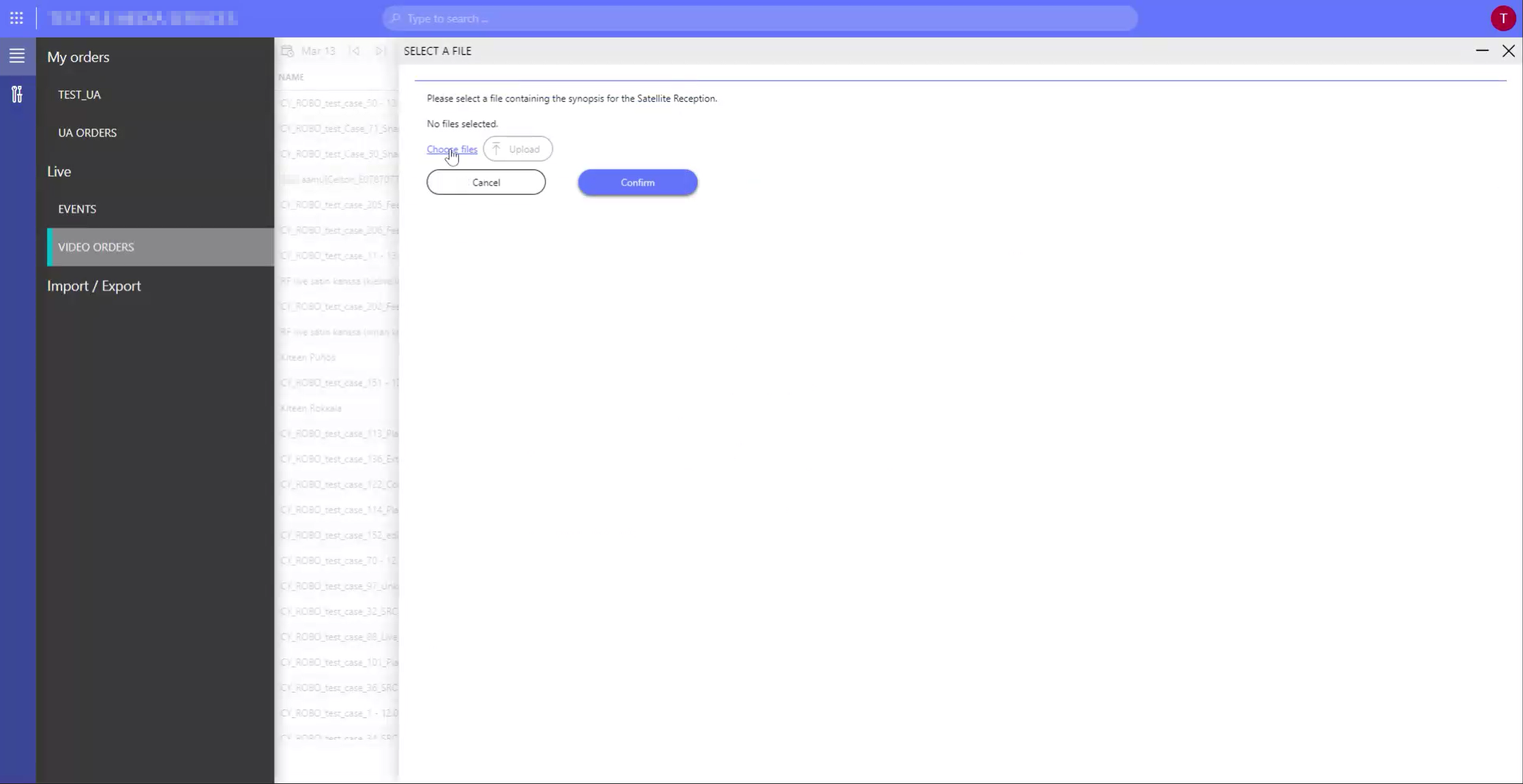 In the next step, the operator simply selects the file containing the synopsis for the Satellite Reception, and adds it to the satellite booking.
In the next step, the operator simply selects the file containing the synopsis for the Satellite Reception, and adds it to the satellite booking.
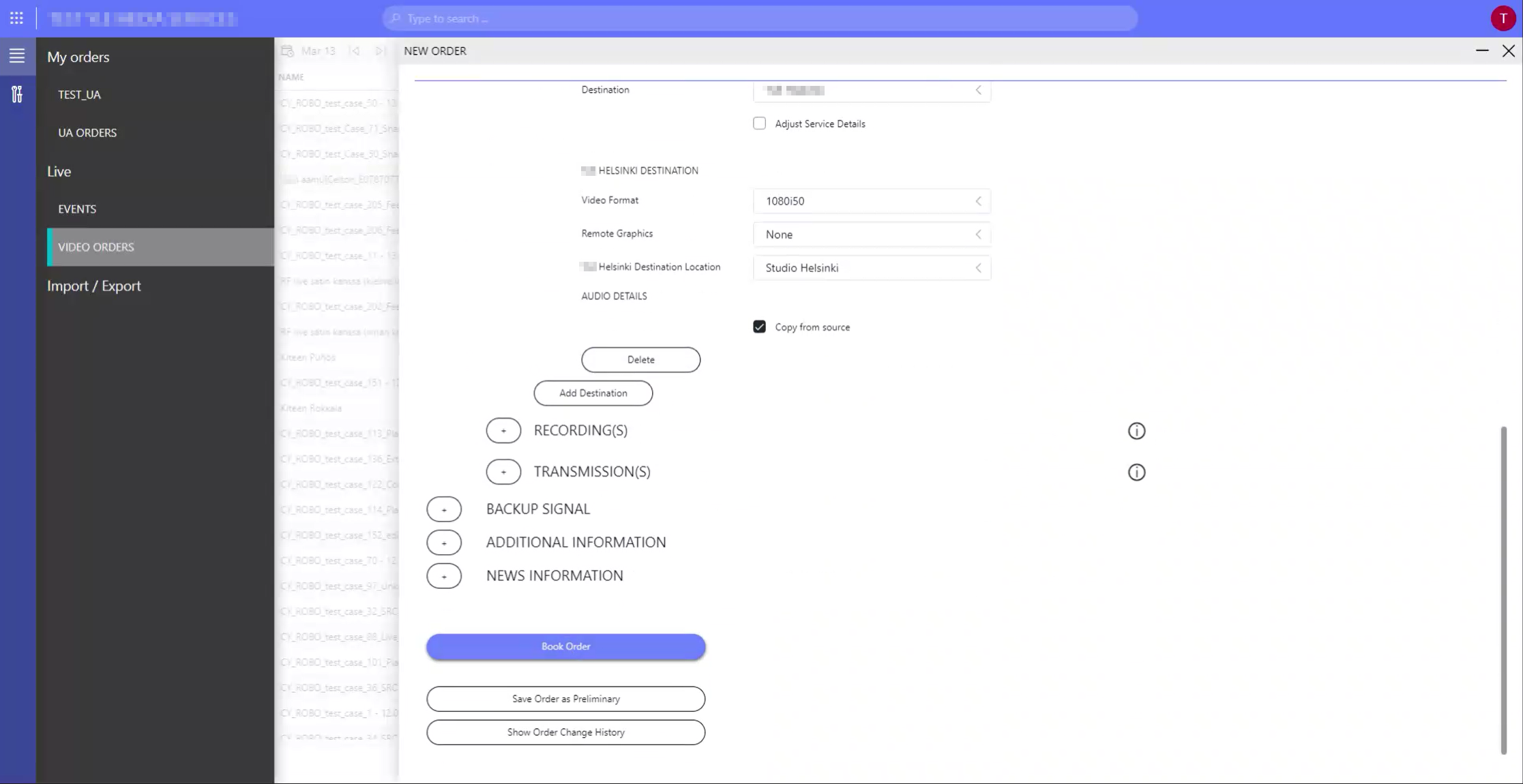 And then the operator confirms the new order by clicking the Book Order button.
And then the operator confirms the new order by clicking the Book Order button.
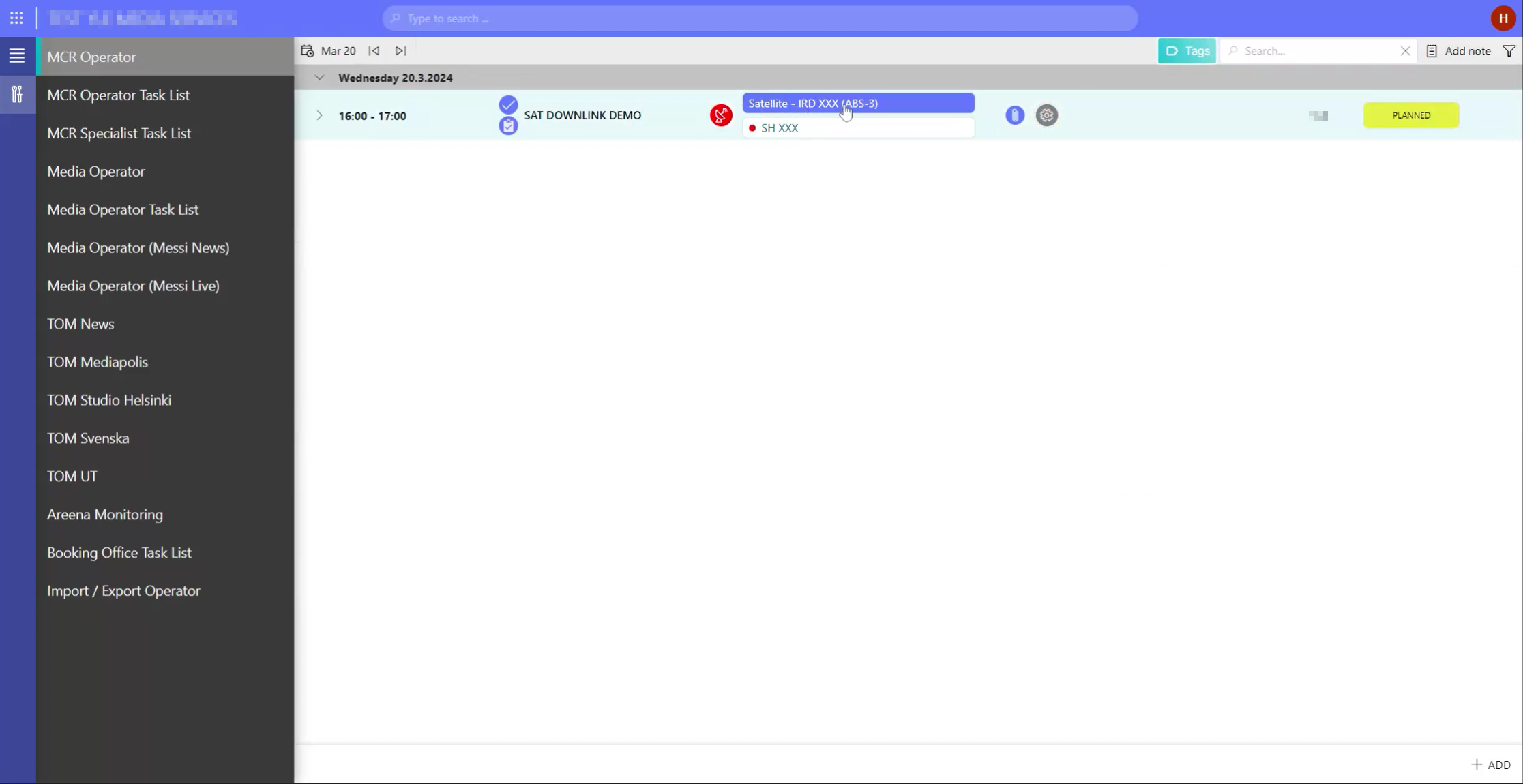 With that, the new satellite booking shows up in the DataMiner-powered media services ordering system and has the Planned state.
With that, the new satellite booking shows up in the DataMiner-powered media services ordering system and has the Planned state.
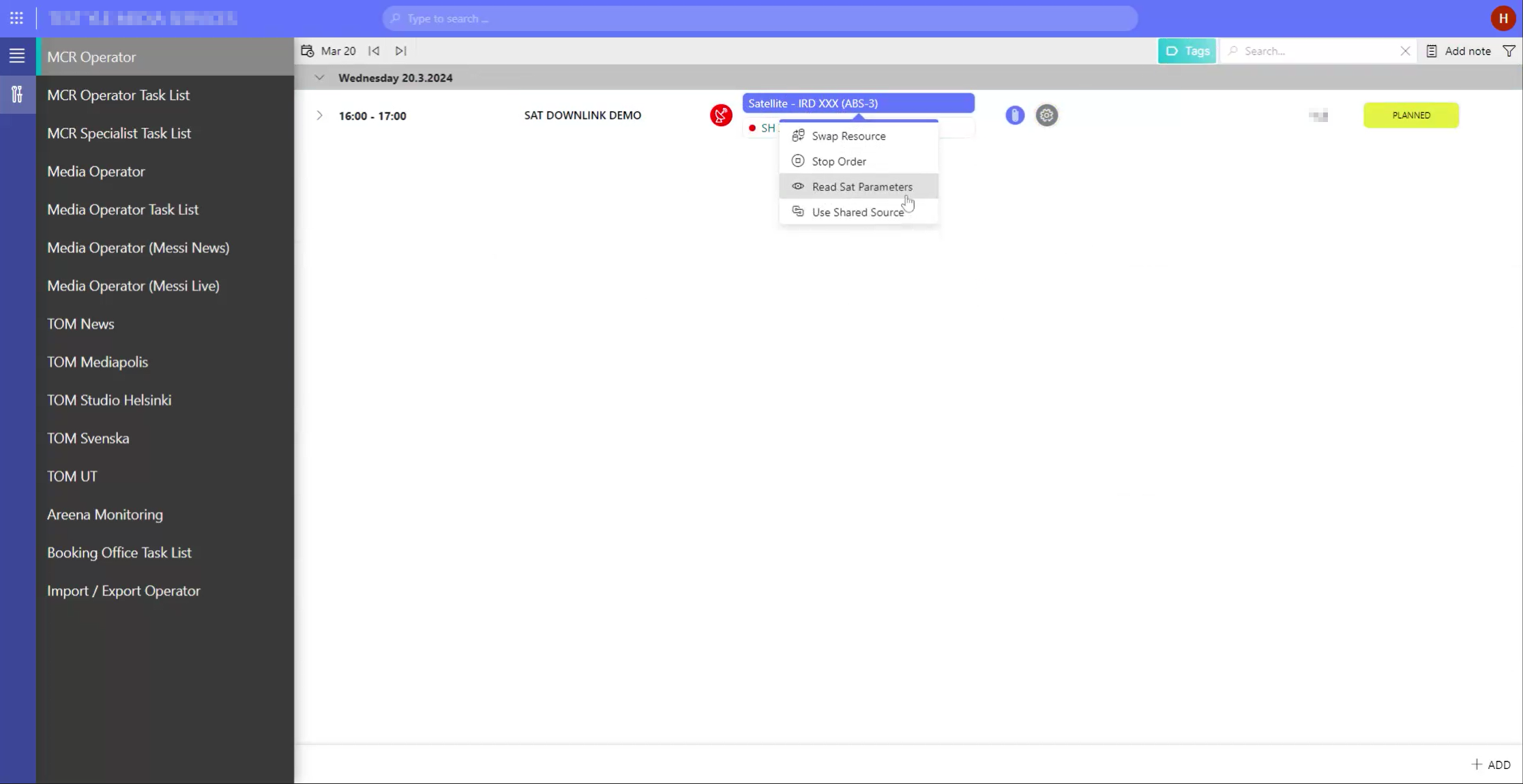 To trigger the Azure AI engine, the operator simply selects Read Sat Parameters from the dropdown list.
To trigger the Azure AI engine, the operator simply selects Read Sat Parameters from the dropdown list.
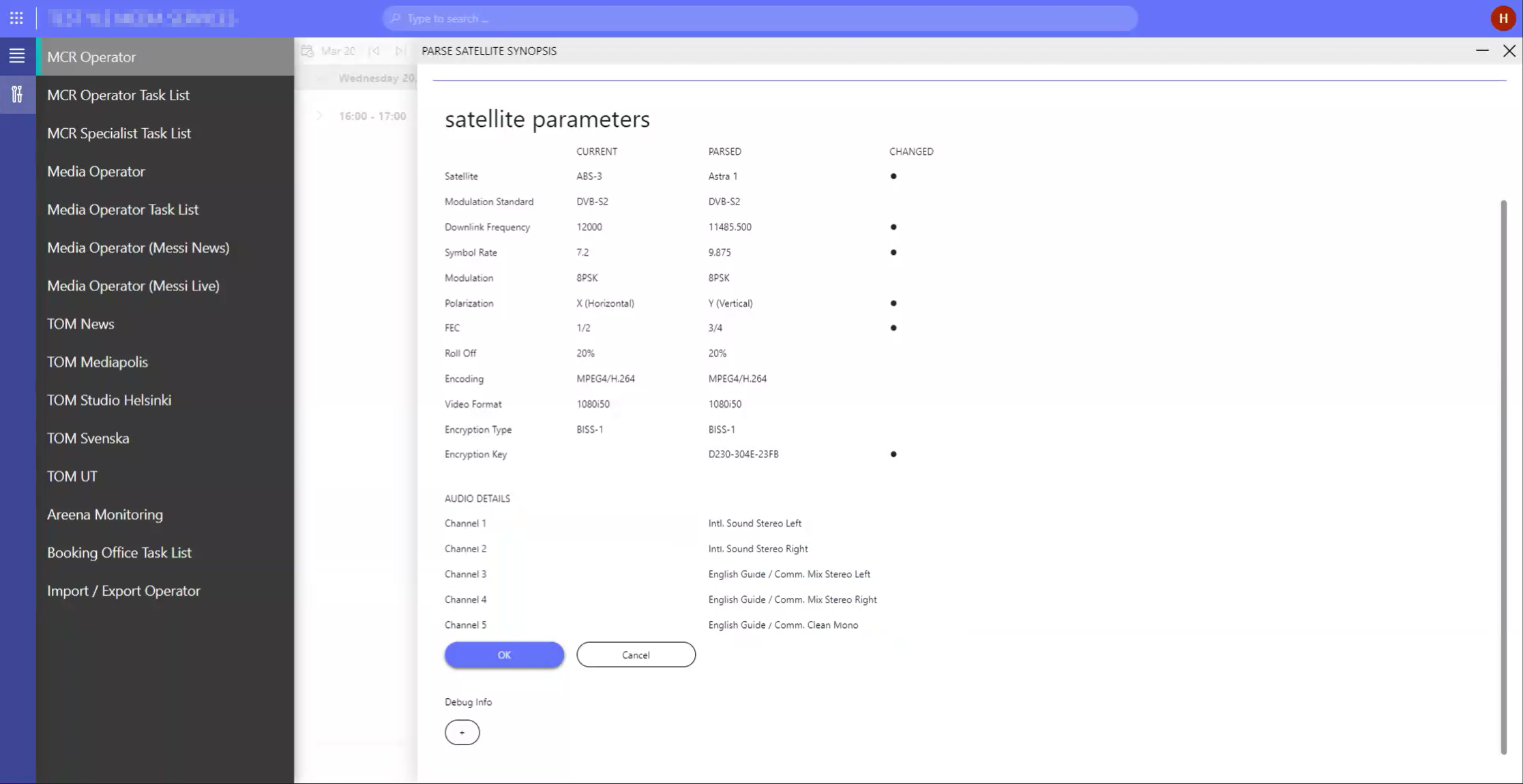 In the background, DataMiner sends the PDF to the Microsoft Azure AI engine for processing. The AI engine extracts the required satellite parameters and returns those to DataMiner. On the user interface, the operator can perform a final check. The AI engine, even based on minimal training, already achieves nearly 100% accuracy; providing just a few sample documents upfront was sufficient.
In the background, DataMiner sends the PDF to the Microsoft Azure AI engine for processing. The AI engine extracts the required satellite parameters and returns those to DataMiner. On the user interface, the operator can perform a final check. The AI engine, even based on minimal training, already achieves nearly 100% accuracy; providing just a few sample documents upfront was sufficient.
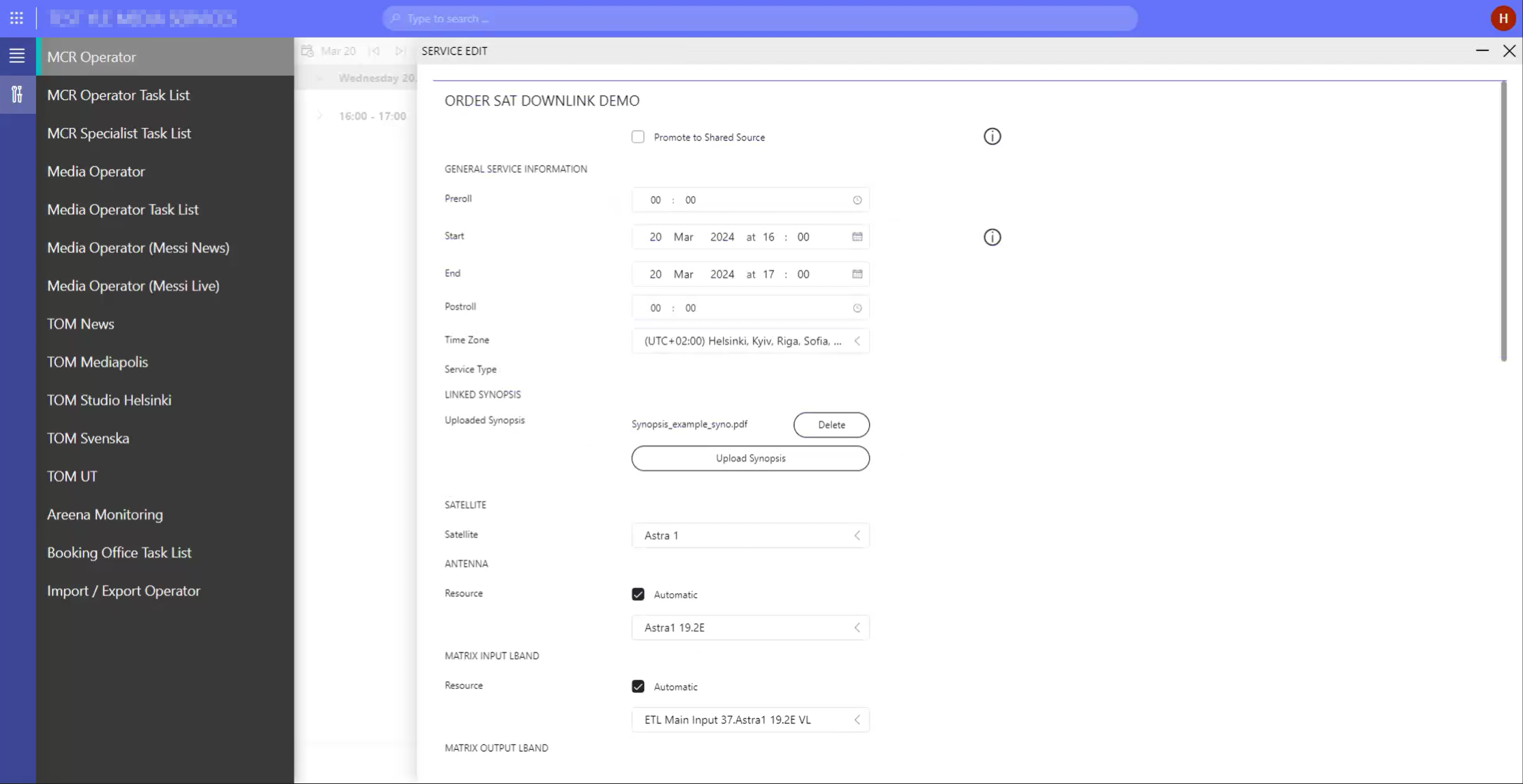 With that, DataMiner disposes of all the required parameters to either automatically select available downlink resources that fulfill the requirements, or to allow the operator to manually pick one from the list of available resources.
With that, DataMiner disposes of all the required parameters to either automatically select available downlink resources that fulfill the requirements, or to allow the operator to manually pick one from the list of available resources.
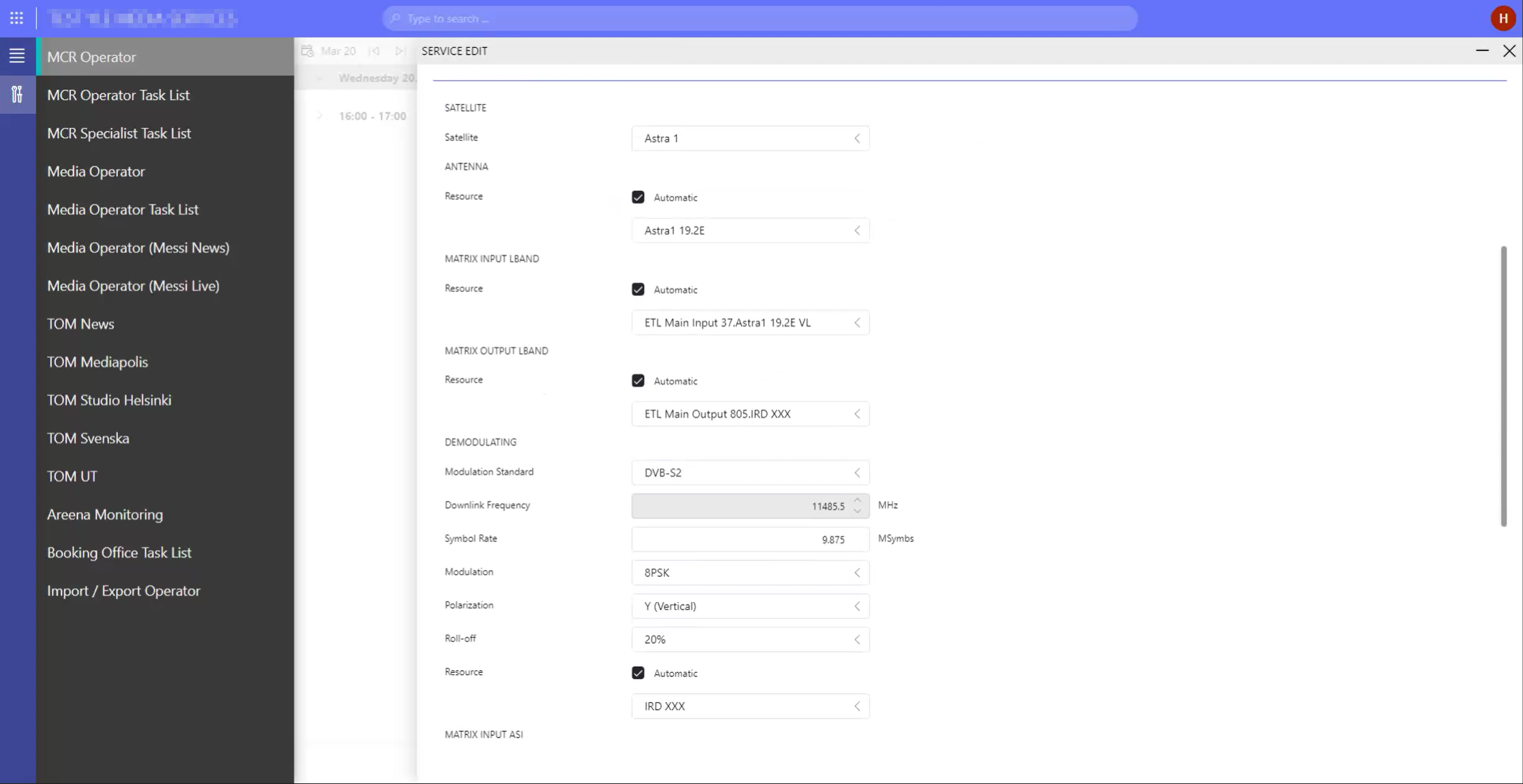 The available resources include antennas, L-band router, and IRDs from the pools of managed resources.
The available resources include antennas, L-band router, and IRDs from the pools of managed resources.
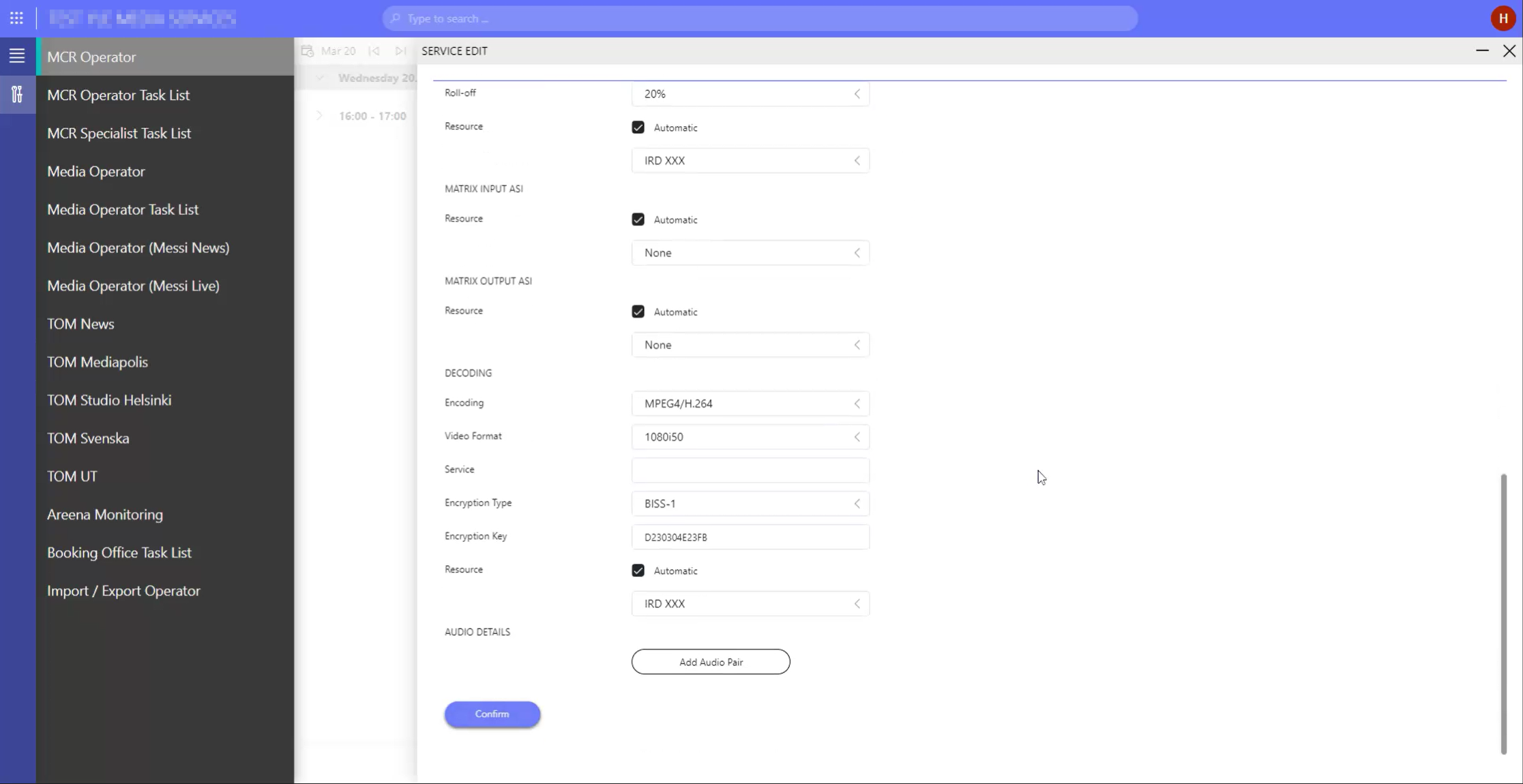 Additional information that was not defined in the synopsis document can always be added manually, e.g. audio configuration details.
Additional information that was not defined in the synopsis document can always be added manually, e.g. audio configuration details.
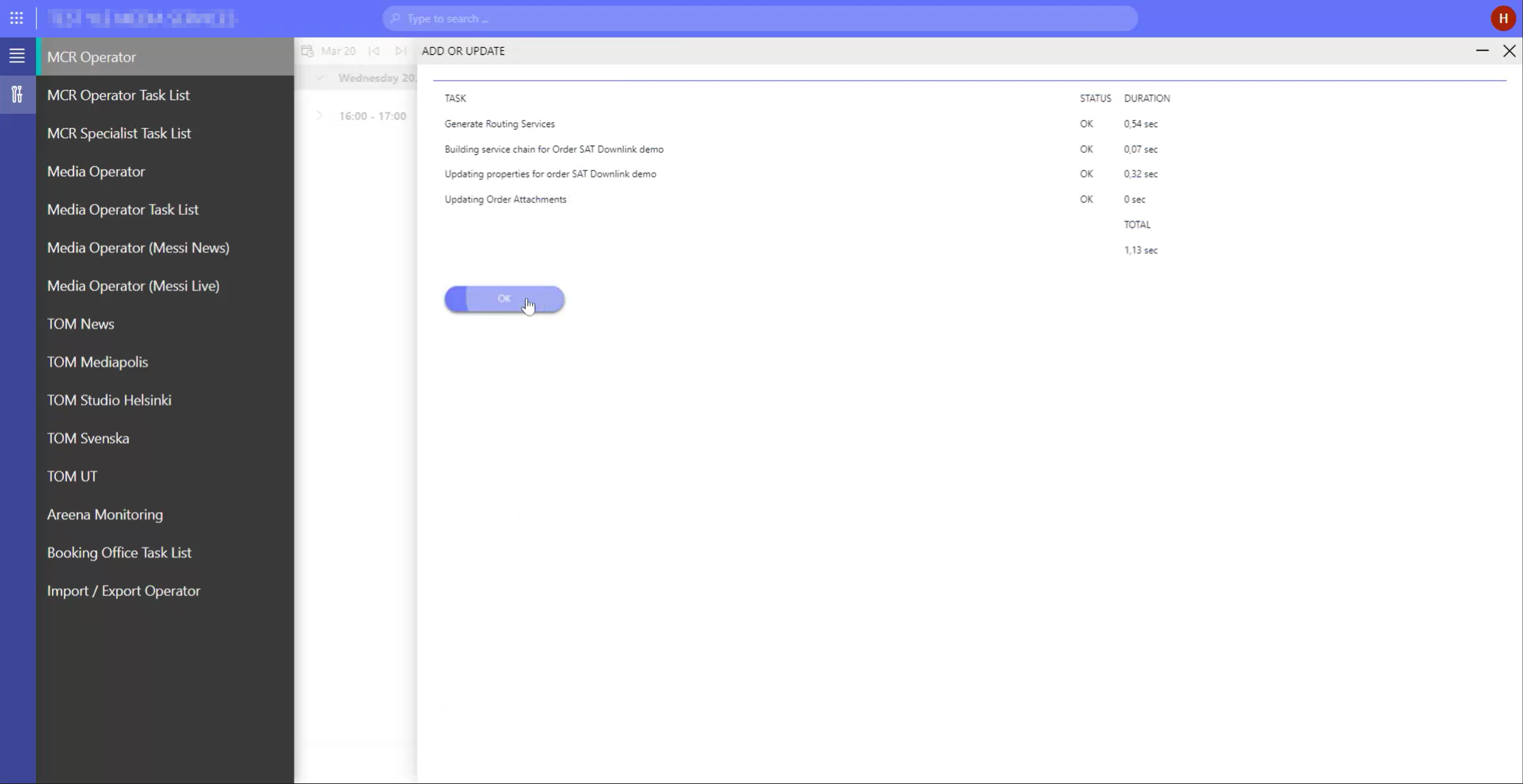 The service chain now gets orchestrated by DataMiner.
The service chain now gets orchestrated by DataMiner.
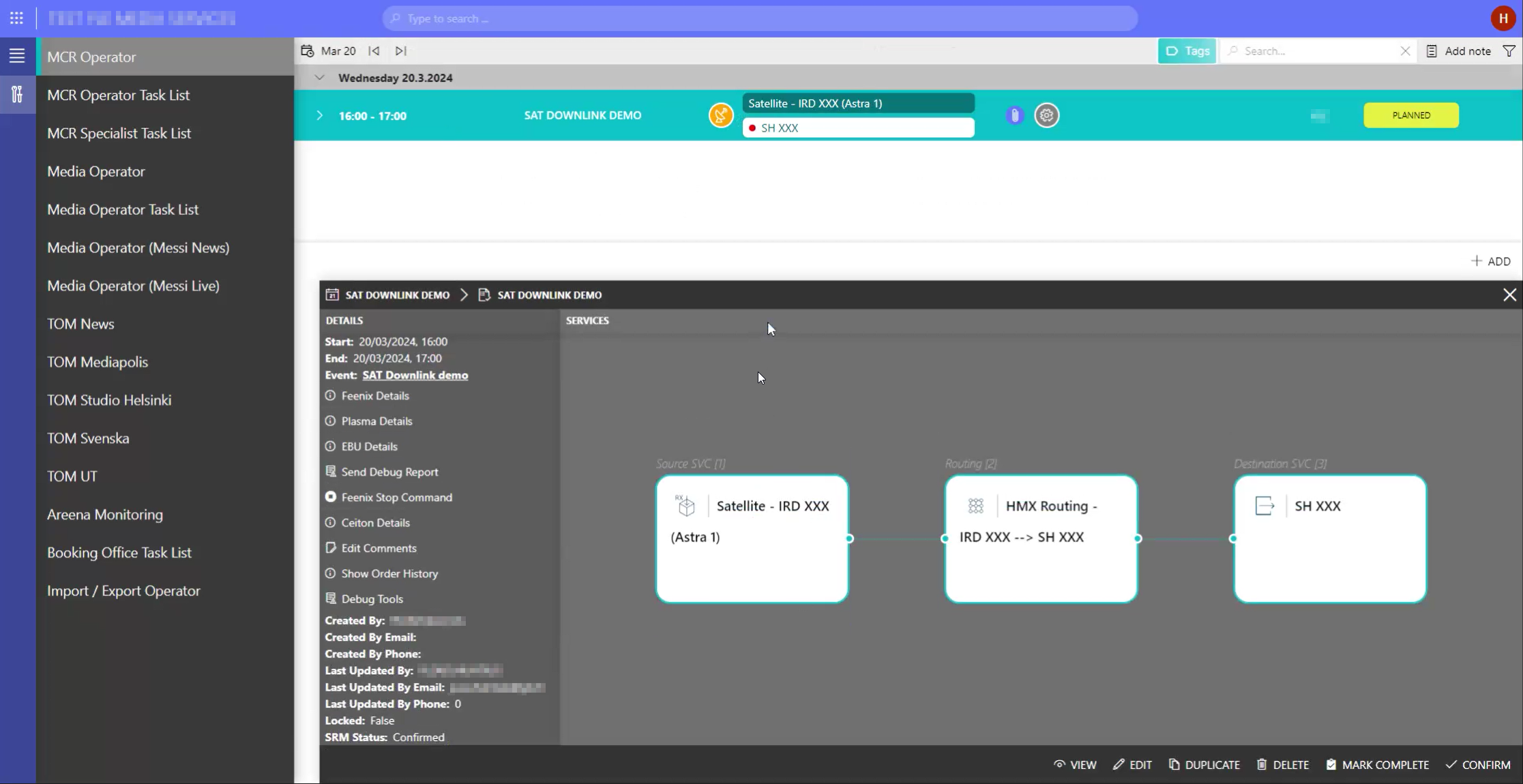 Under the hood, these services are modeled using DataMiner's Service and Resource Management (SRM) framework.
Under the hood, these services are modeled using DataMiner's Service and Resource Management (SRM) framework.
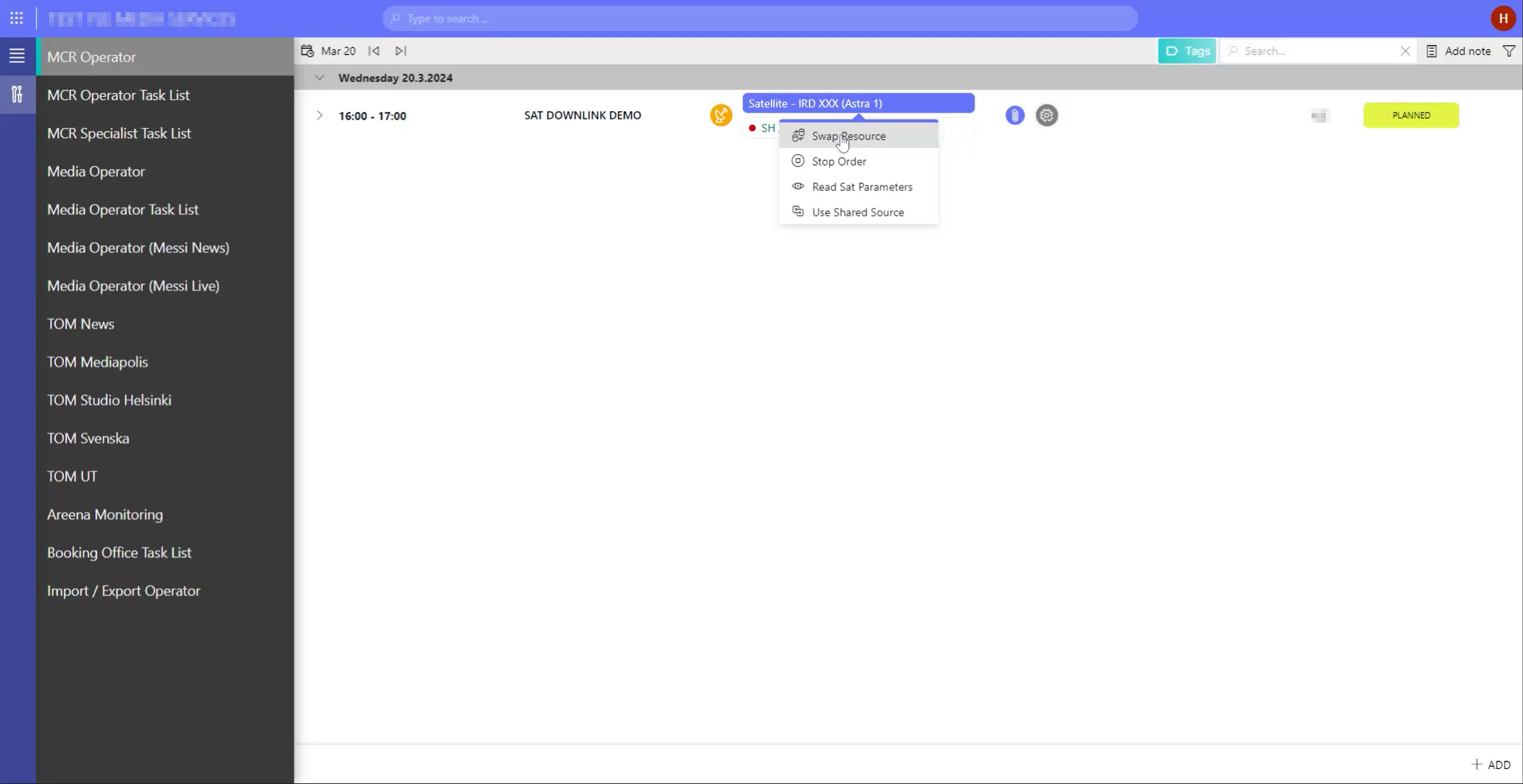 In case of last-minute changes, operators can always fine-tune the service, such as swapping a resource.
In case of last-minute changes, operators can always fine-tune the service, such as swapping a resource.
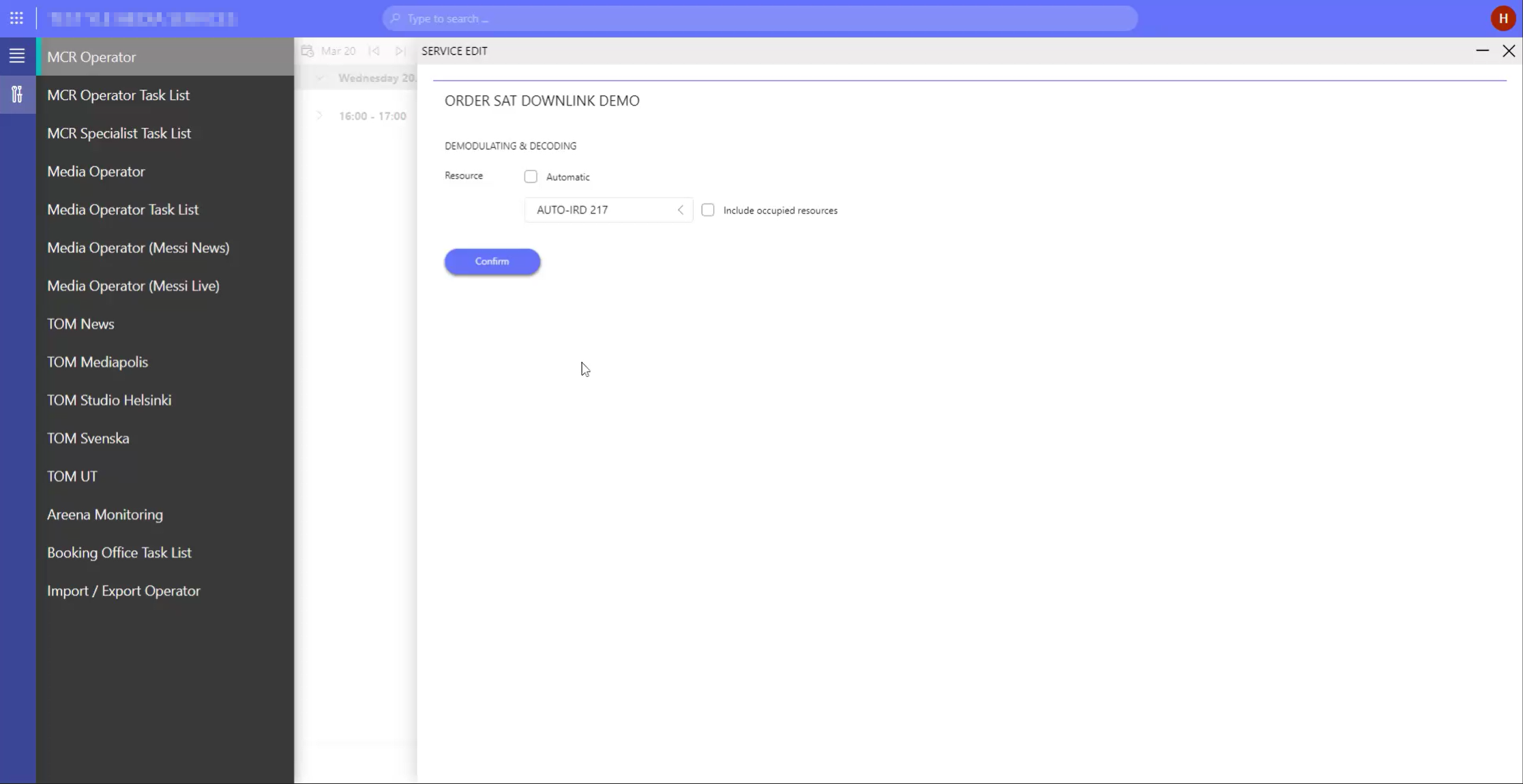 The resource can be swapped with another one that is available for the scheduled time and capable of fulfilling the job.
The resource can be swapped with another one that is available for the scheduled time and capable of fulfilling the job.
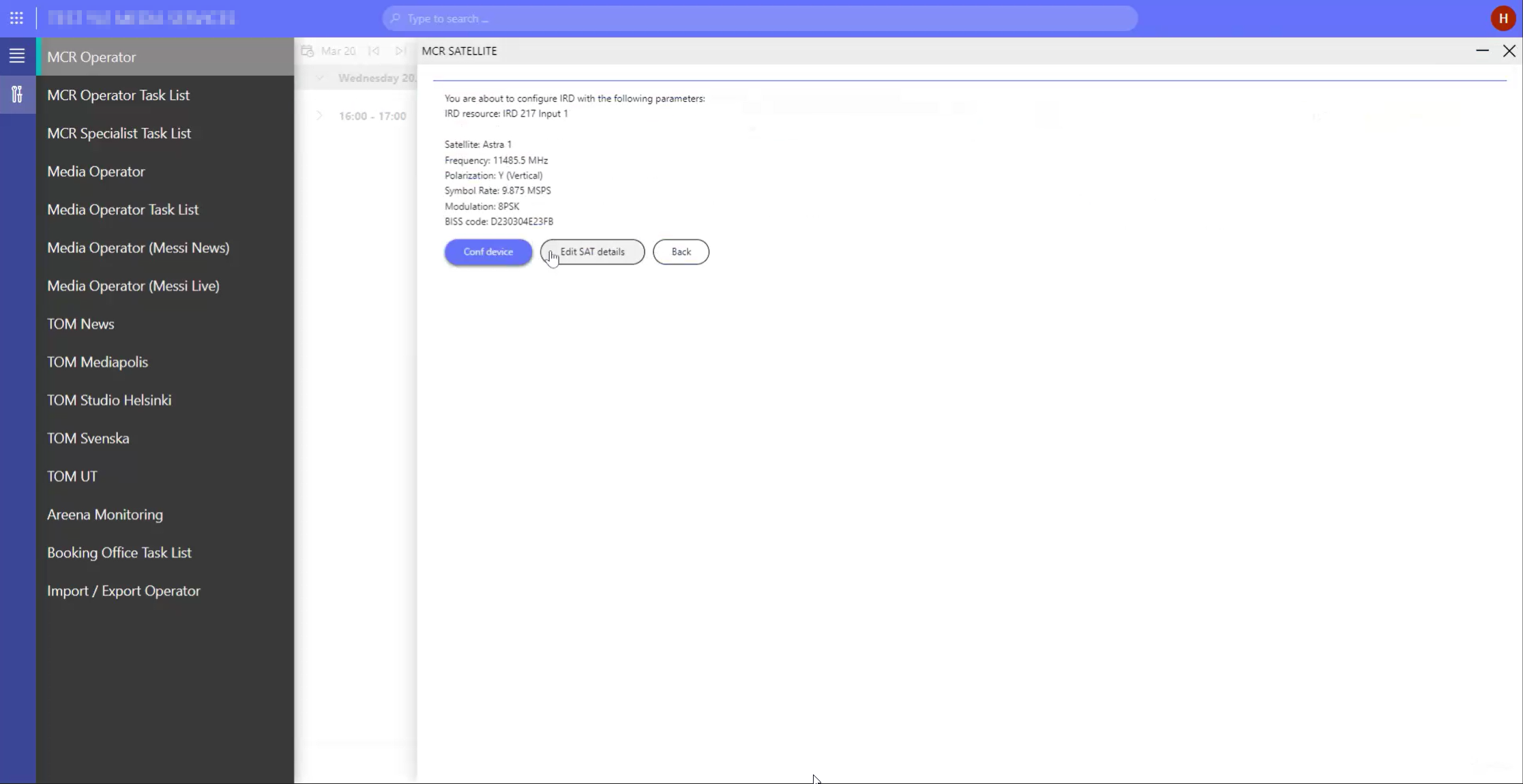 The same applies to parameters, which can always be overwritten by the SatOps team in the MCR.
The same applies to parameters, which can always be overwritten by the SatOps team in the MCR.
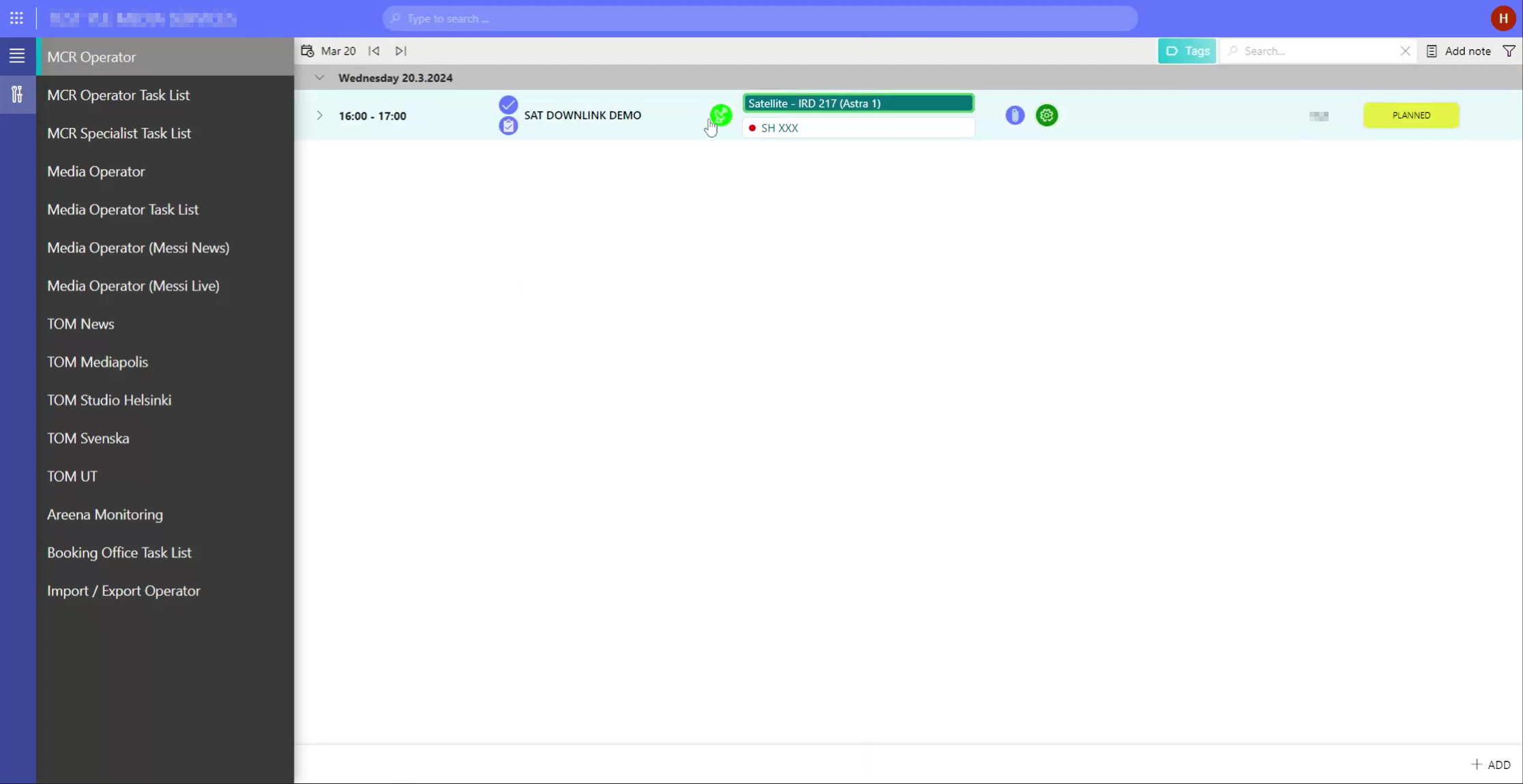 With the satellite icon turned green, the operator receives confirmation that everything has been properly configured and executed by DataMiner.
With the satellite icon turned green, the operator receives confirmation that everything has been properly configured and executed by DataMiner.